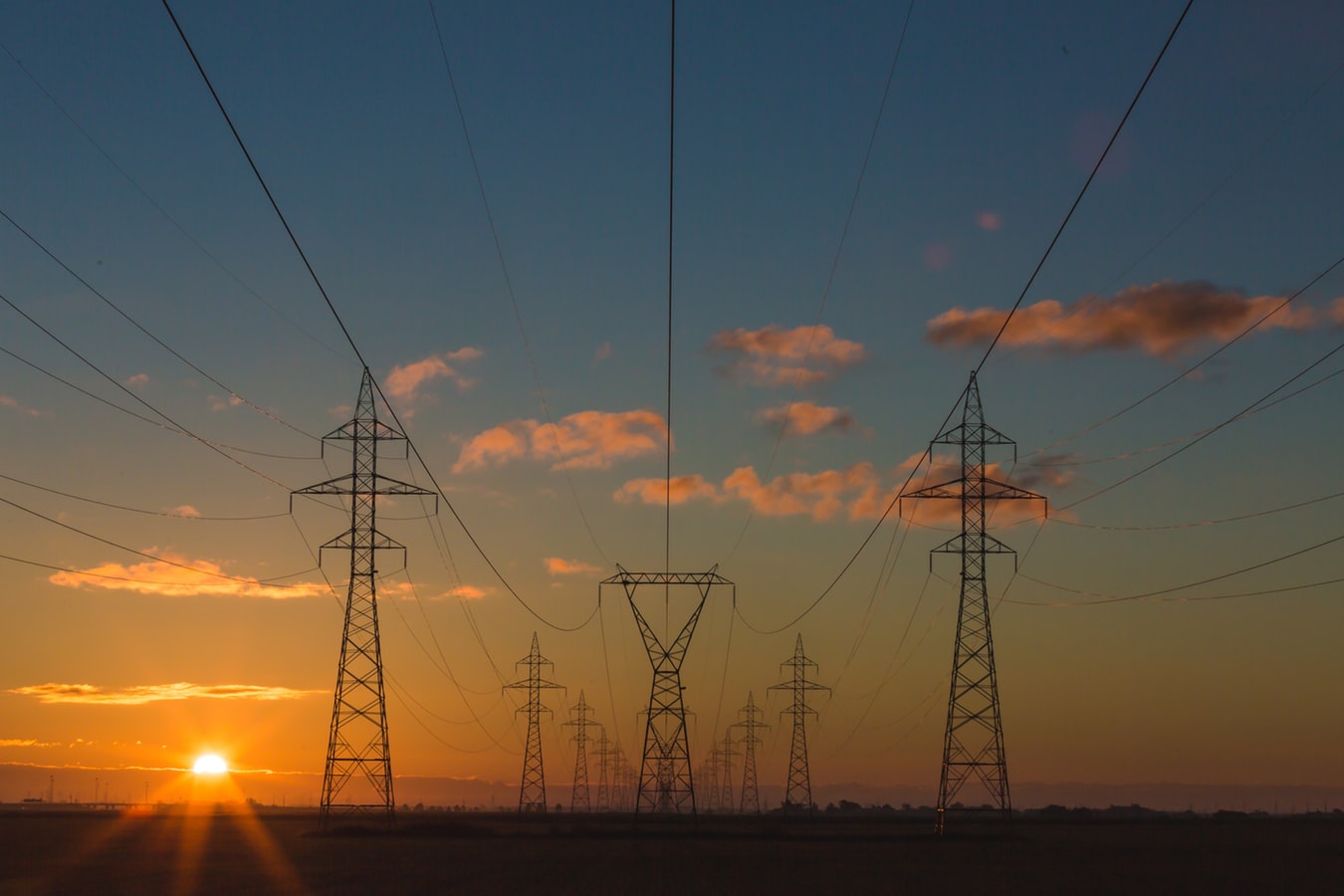地下深部は、液体と気体の異なる段階ではお湯が存在しない場所では、ニュージーランドのエネルギーの未来において重要な役割を果たすことが期待される資源があります。
GNS Scienceは、いわゆる超臨界地熱は、政府の「野心的な再生可能エネルギー」目標を達成するための解決策の一部である楽観的です。でも何年も先だ
代替エネルギー先物は、高い希望が長い時間を費やす傾向がある場所です。それは古いジョークのようなものです。核融合は未来のエネルギー源であり、常にそうなるでしょう。それならソリッドステートバッテリーがあり、電気自動車の作り方を知っていれば、電気自動車のすべての問題を解決します。あるいは、水素は将来の輸送燃料であり、天然ガスを使用せずに大量に作ることができるだけです。
これらはすべて非常にクールなアイデアであり、エネルギーが文明の未来にとって重要であることを考えると、これらの分野への研究に資金が注がれていることがわかっています。
最も贅沢なことに、35カ国は、フランス南部に世界最大のトコマク(強力な磁場を使用して高温プラズマを閉じ込める装置)を建設することで、核融合の夢を追いかけています。
そのプロジェクトはイターと呼ばれ、公式予算は200億ユーロ(NZ34.3億ドル)ですが、一部の見積もりははるかに高くなります。
それはマンモスの事業です。2007年から作業が開始され、コンプレックスは2025年のクリスマスの数日前に「ファーストプラズマ」で操業を開始することによる。しかし、少なくとも施設を完全にパワーアップするにはさらに10年かかるでしょう。この計画は、イターが使うよりも多くのエネルギーを生産する最初の核融合実験になる予定ですが、それでも実際に発電するエネルギーを電気として捉えるわけではありません。むしろ、「できる機械への道を準備する」。
超臨界地熱に戻る。2019年の間、ニュージーランド政府は、ニュージーランドで資源を見つけるのに最適な場所を特定し、その詳細を調べるために、5年間で1070万ドルを費やすことを決定しました。
GNSによると、従来の地熱だけではニュージーランドを2035年までに再生可能電力の 100%、2050年までに温室効果ガスの純ゼロ排出量を政府目標にすることはできない。
「解決策はより深く、超臨界地熱である」とGNSは資金調達入札で述べた。

















































